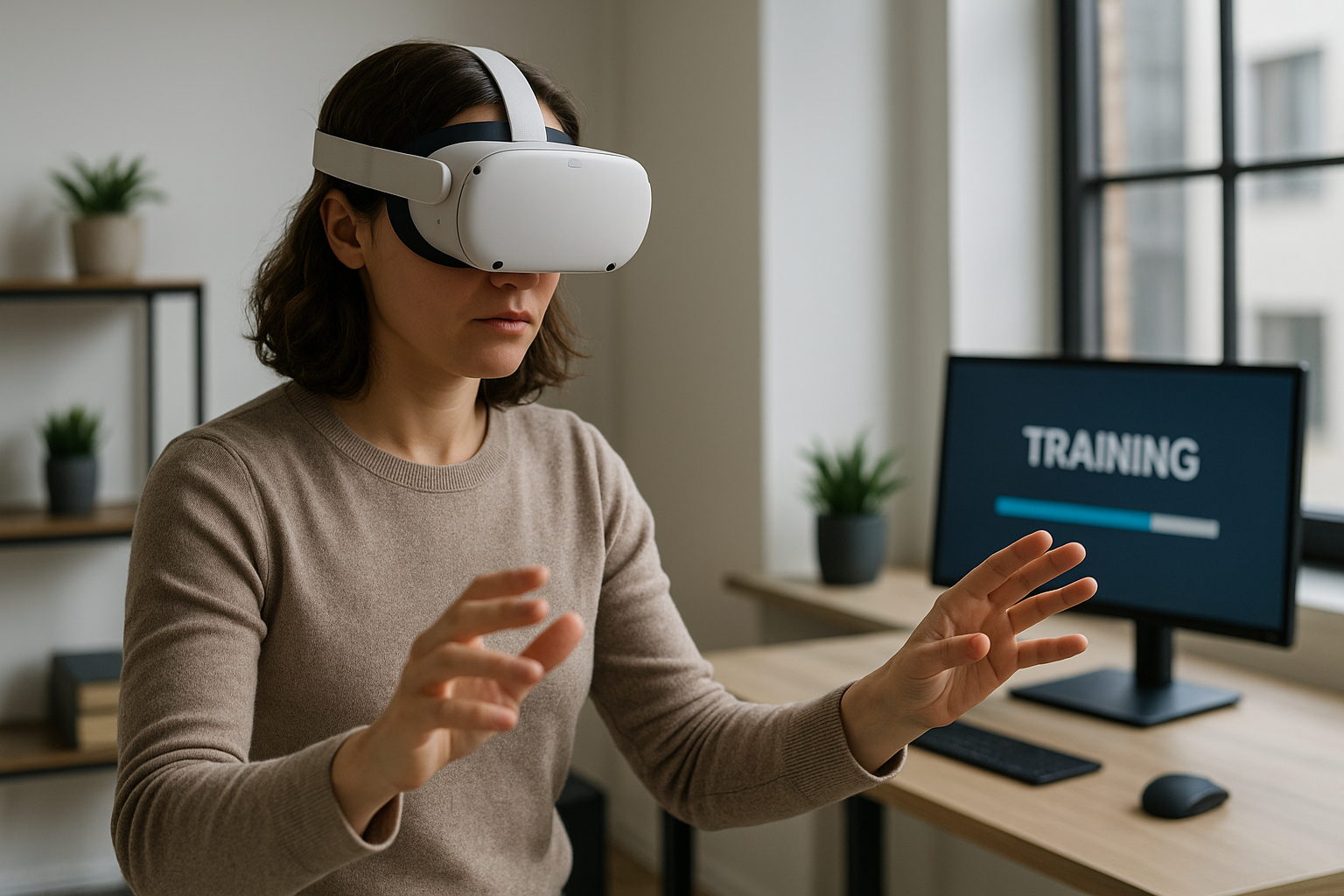In every training strategy, we talk about content quality, delivery methods, timelines, and outcomes. But just as important is one element that quietly determines whether learning will actually stick: emotional connection.
Why Emotion Drives Learning
The brain gives priority to emotionally charged information. We remember what moves us, challenges us, or surprises us. Real learning happens not only when people understand what they’re learning, but when they feel its relevance.
Every good trainer knows that without the “a-ha” moment, learning is unlikely to happen. That small emotional reaction — a shift in awareness, a flash of insight, a moment of recognition — is what truly anchors new knowledge.
Emotion focuses attention, deepens understanding, and builds stronger memory links. It transforms training from something we simply complete into something we carry forward.
When Training Lacks Emotion
Traditional formats like slide decks, manuals, and lectures can efficiently share information. But they rarely create engagement. Learners often remain passive, focused on memorizing instead of connecting.
Of course, there are exceptions — some trainers and subject matter experts elevate traditional formats through storytelling, energy, and passion. But generally speaking, without emotion, most content fades quickly.
As a result, knowledge is soon forgotten. Behavior remains unchanged. Training becomes a box-ticking exercise rather than a real developmental tool.
The Role of VR in Emotional Engagement
Virtual reality brings emotional engagement back into the learning process. It places learners in realistic scenarios where they must make decisions, respond to challenges, and reflect on consequences.
This kind of immersion drives emotional connection in three key ways:
- Presence: Learners feel like they are inside the situation, not just watching it from the outside.
- Consequence: Every action has an outcome, making each decision matter.
- Perspective: VR can simulate different roles, environments, and viewpoints, encouraging empathy and a broader understanding of context.
This deeper level of engagement triggers emotional responses that support memory, motivation, and real-world application.
The Numbers Support It
Studies show that learners retain up to 80% of training content three weeks after a VR session. With traditional learning, retention often drops to around 20%.
Emotion is one of the key reasons behind this gap. What we feel, we remember — and what we remember, we can act on.
Training that connects emotionally is not just more engaging. It is more effective. It prepares people not only to pass assessments but to perform under real-world conditions.
As we rethink how we train people — whether for onboarding, leadership, communication, or crisis management — one question should stay at the center: Does this learning experience create a genuine emotional connection?
Because without it, even the best-designed content can fade. But when people feel the message, they remember it, apply it, and grow from it.

